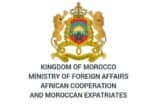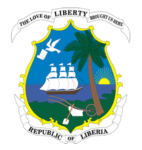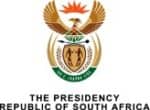Kenya has announced that citizens from most African countries will no longer require prior travel authorization to visit, aiming to promote regional integration […]
Author: CoreNews Africa
Before You Say ‘I Do,’ Ask For A Throwback Photo – Ex-BBNaija Star Throws Subtle Shade At Zicsaloma’s Nose Surgery
Kassia Sule, a former BBNaija star, made controversial remarks about Zicsaloma, who some believe were intended as a target for his popular transformation. Zicsaloma recently […]
Family Of Veteran Actor Mawuli Semevo Pleads For Prayers As Domestic Accident Leaves His Body With 40% Second Degree Burns
Mawuli Semevo, a veteran actor from Ghana, is currently battling for his living after suffering severe wounds in a dreadful domestic hearth incident last night. […]
StoneBwoy Bi Stingy, He Won’t Help You – Netizens Warn Odehyieba Priscilla After Expressing Her undying Love For His Songs
Young gospel sensation Odehyieba Priscilla has found herself at the centre of social media discussions after publicly declaring her admiration for Reggae/Dancehall icon StoneBwoy. During […]
Morocco, Iraq Reiterate Determination to Renew Impetus of Bilateral Ties
The Kingdom of Morocco and the Republic of Iraq reaffirmed their determination to give a new impetus to bilateral ties. This position was […]
Eritrea: President Isaias Afwerki laid wreath at Thewalet Martyrs Cemetery
On the occasion of the 35th Anniversary of Fenkil Operation and the Liberation of Massawa, President Isaias Afwerki laid a wreath at Thewalet […]
Eritrea: Encouraging Progress in Food Safety Measures
The Regulatory Services Department of the Ministry of Agriculture reported significant progress in agricultural inspections conducted in 2024. Mr. Tekleab Misghina, Director General […]
Eritrea: Official Commemoration of Fenkil Operation
The official ceremony marking the 35th anniversary of Fenkil Operation was held today with great enthusiasm under the theme “Fenkil: The Right Choice.” […]
President Boakai Suspends National Oil Company of Liberia (NOCAL) President/Chief Executive Officer (CEO) Pending Investigation
President Joseph Nyuma Boakai, Sr., has, with immediate effect suspended the President/Chief Executive Officer (CEO) of the National Oil Company of Liberia (NOCAL), […]
President Ramaphosa to participate at the joint Southern Africa Development Community (SADC) – East Africa Community (EAC) Heads of State and Government Summit on the Democratic Republic of Congo (DRC)
President Cyril Ramaphosa has this morning, 8 February 2025, arrived for a working visit to Dar Es Salaam in the United Republic of […]






